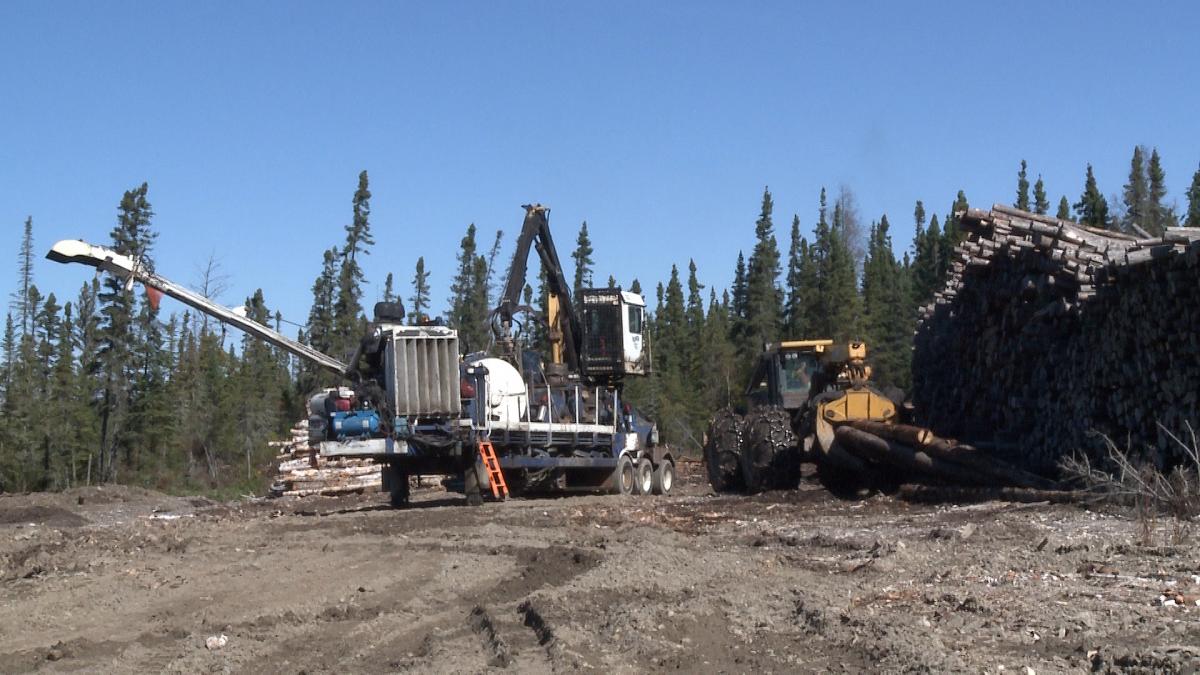Using a safety checklist can help ward off complacency with dangerous machinery
WSN Forestry Special Hazard Bulletin: Beware machinery danger zone - Download and share
What happened?
A chipper operator finished loading the last truck of the shift and did some cleanup with the boom around the throat of the machine. He positioned the boom for shutdown and states he disengaged the clutch by using the toggle switch in the operator’s cab, turned off all flails, in-feed, bark pusher, etc. A few minutes later, he exited the cab to do knives and other service work with a mechanic.
He undid the hood latch of the chipper wheel and stepped away about three feet. The mechanic, who was standing next to the fuel tank, saw him back away clear of the hood and took this as the signal to open the hood, as had been their practice. As soon as the mechanic touched the lever to raise the hood, a paddle struck it tearing the hood from the hinge. It was thrown into the water tank cradle then down across the catwalk where it severed the cable railing, until finally coming to a stop on the ground some 20 feet away from the chipper.
The operator had been standing only inches away, directly behind the water tank cradle. He heard the wheel contact the hood, but doesn’t remember seeing it travel past him. He rushed back to the cab and pushed the emergency stop button, remaining there until the wheel was stopped. The chipper operator and mechanic then made sure neither was hurt, and made a call via radio phone to the supervisor to report the incident.
Why did it happen?
The chipper operator was accustomed to a switch that worked and the wheel had usually stopped turning by the time he exited the cab and got down to it. The operator did not visually check to see if the wheel was motionless before unlatching the hood; nor did he feel any vibration or hear any noise to indicate the wheel was active. There was no clear communication between the operator and the mechanic.
How could the incident have been prevented?
The operator must visually check that the wheel has stopped before unlatching the hood. Checking visually to make sure the wheel has stopped is the only guaranteed way to ensure zero energy, as stipulated in the “changing knives” portion of the chipper safe work procedures. Crews need to practice clear communication, and around this dangerous machinery, a written safety checklist can help prevent complacency.

